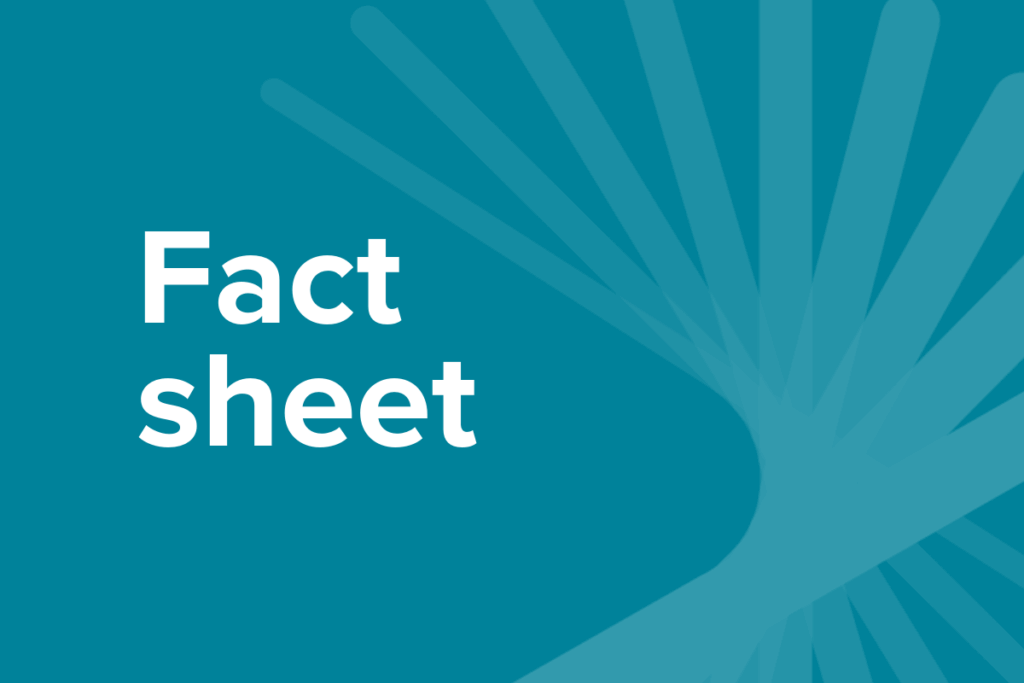Muscular Dystrophy
There are a number of different types of Muscular Dystrophies. Most of the research into exercise and neuromuscular conditions has focused on Duchenne Muscular Dystrophy and Becker Muscular Dystrophy.
Being active is important for everyone, and the benefits of exercise for those with a neuromuscular condition is just as important. For a long time, there has been the belief that physical activity has the potential to increase the rate of muscle degeneration, and that it should be avoided.
Home / Muscular Dystrophy

Why exercise is important for Muscular Dystrophy
Exercise for the management of neuromuscular conditions is to preserve the functional abilities of the individual for as long as possible.
Delaying the loss of functional abilities for those with a neuromuscular condition may prolong a degree of independence and assist with the ability to undertake activities of daily living, and thereby improve mental wellbeing.
Other benefits of exercise
- Develop balance and coordination
- Increase fitness, mobility, flexibility and independence
- Reduce the risk of illness associated with inactivity such as obesity, diabetes and high blood pressure
- Improve mental health, self-esteem and coping mechanisms
- Help reduce pain levels
- Improve sleeping habits


What can an Accredited Exercise Professional help with?
An Accredited Exercise Physiologist (AEP) can provide a well-designed program to ensure you’re completing regular tailored activity.
With an AEP taking into consideration the maturation of the individual, as well as severity, rate of progression and location of the muscle weakness, and careful selection as to the type of exercise, frequency, intensity, and duration of training, exercise can be beneficial.
Regular activity can delay degeneration, maintain strength and improve quality of life.
Despite its benefits, exercise is not a cure for Muscular Dystrophy and cannot prevent the progressive degeneration of the muscle fibres.
Things to remember
As the condition develops, an increasing amount of energy is required for activities and movement and often results in increased sedentary time and inactivity.
Inactivity can potentially lead to secondary degeneration of healthy muscle fibres through the progressive disuse of the muscles – the same effect inactivity has on anyone’s muscles. This side effect of inactivity is more debilitating for someone already experiencing progressive muscle weakness and degeneration.
Tailored physical activity by an Accredited Exercise Physiologist (AEP) can assist in delaying the secondary deterioration of muscle tissue and the loss of functional abilities as a result of disuse.


Recommended types of exercise for Muscular Dystrophy
- Flexibility: helps the joints move, and improving flexibility can help improve the way the body moves, help prevent contracture and help minimise injury. Regular stretching is important, especially for stiff muscles. Exercises such as yoga can be beneficial, as well as a regular stretching program on as many days as possible.
- Muscle strength: stronger muscles help with movement, posture, comfort and independence. Muscle strengthening activities should be done 3 times a week. Bodyweight, yoga and resistance band exercises can be beneficial.
- Aerobic exercise: physical activity that makes us breathe harder, and improves our heart and lung function. For some individuals with a neuromuscular condition, this can be harder to achieve due to various limitations, but benefits to our heart and lung function can come from strength based exercise too.
- Exercise should be incorporated into daily activity and commence with small bouts of 10-15 minutes.
- For children, physical activity and movement should also be fun and designed through play to increase enjoyment.
Frequently asked questions
What is an Accredited Exercise Physiologist (AEP)?
An Accredited Exercise Physiologist (AEP) is an allied health professional that prescribes individualised exercise therapy to help people manage their chronic conditions, disabilities, long-term injuries and so much more. They are the most qualified professionals in Australia when it comes to the prescription safe and effective of exercise therapy.
Who should see an AEP?
Anyone who wants to move safely and improve their health can benefit. From chronic conditions to injury recovery, or simply wanting advice on how to exercise right, an exercise physiologist is the expert to see.
Is an AEP covered by Medicare or private health insurance?
Yes. As allied health professionals, exercise physiology services are recognised in government health funding including Medicare, National Disability Insurance Scheme (NDIS) and Department of Veteran’s Affairs (DVA), workers’ compensation and private health insurers. It’s important that you check with your provider as coverage can vary.
Where can I find an AEP?
Use recognised directories like Exercise & Sports Science Australia (ESSA), ask your GP or look for allied health clinics with AEP credentials.
You may also like
How much exercise do kids need to be healthy?
We know physical activity is important for everyone – kids included! But do you know how much activity is appropriate for you child? What kinds of activities your child should be involved in? How you can encourage a child who doesn’t like sports or gym class to still be active? Let’s answer these questions (and […]

Exercising with Autism: What Parents Need to Know
The incidence of Autism Spectrum Disorder (ASD) is on the rise. As the number of cases diagnosed increases, so to does the interest in the health and well-being of those living with ASD. Research supports the benefits of exercise for autism. Studies have highlighted the need for effective exercise interventions for children and adolescents with […]

